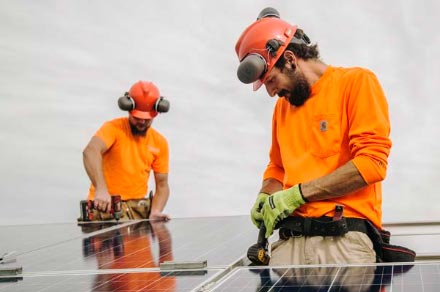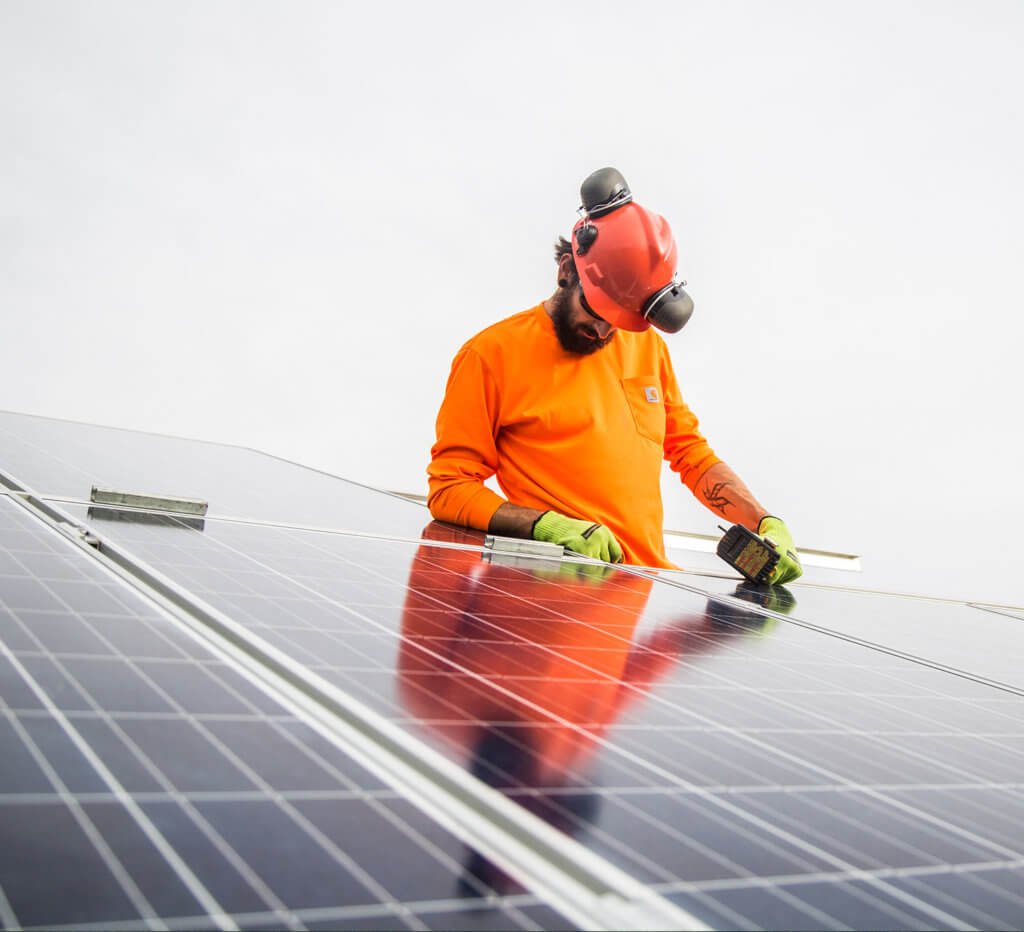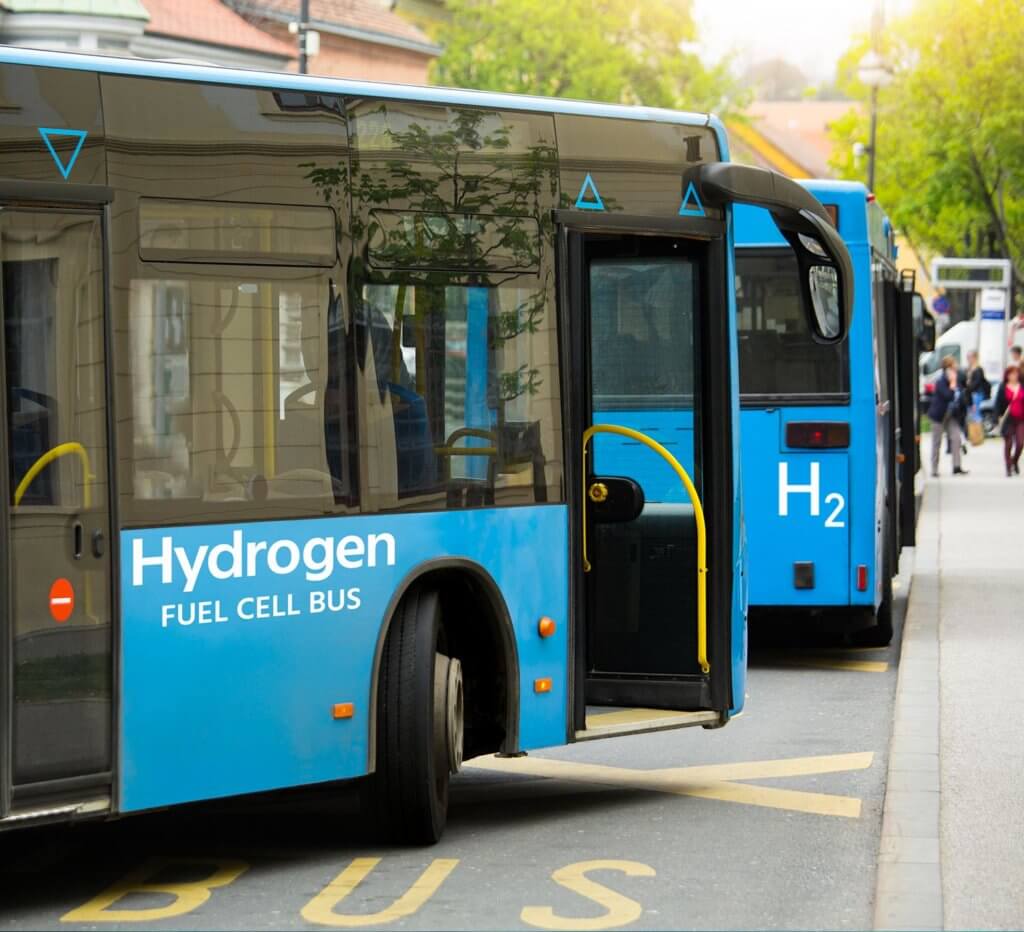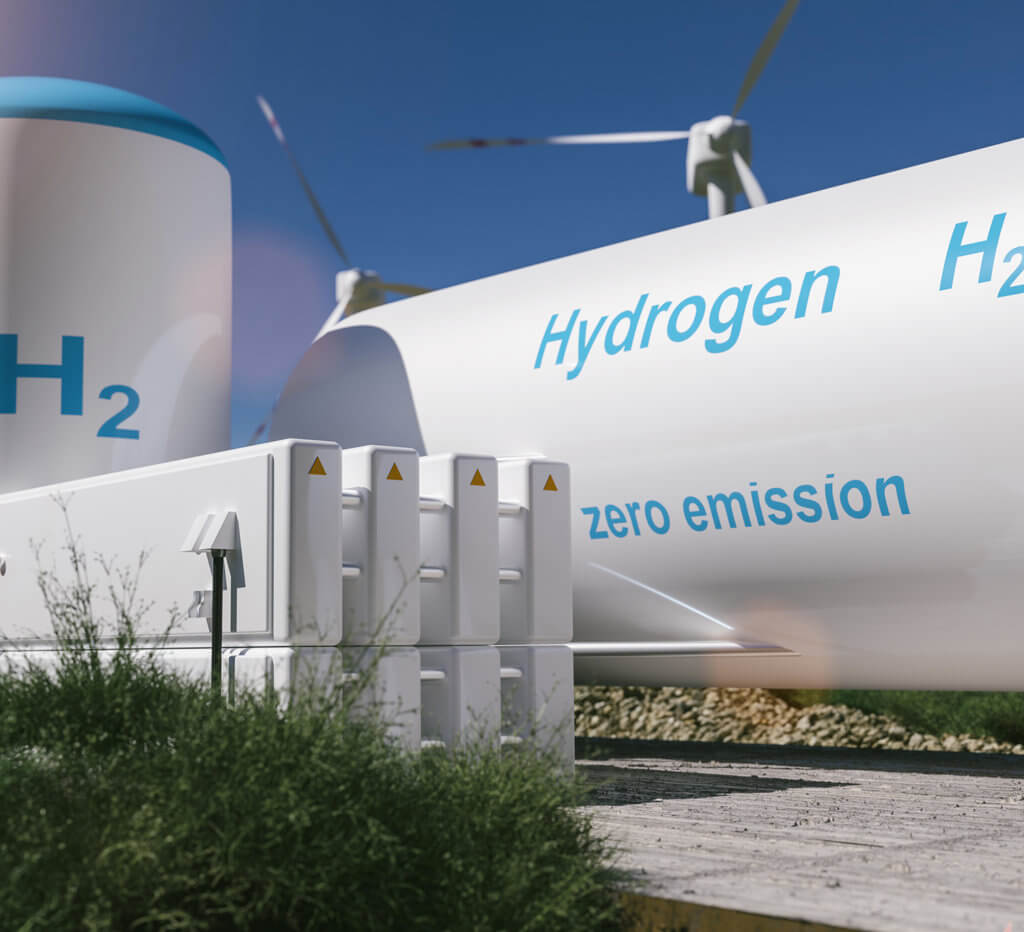-International Energy Agency (IEA)
Solar and onshore wind are now the cheapest sources of new power plants in the United States.
As a result, solar power accounted for a larger share of new power generation in the U.S. last year than ever before. According to a report released by the Solar Energy Industries Association and research firm Wood Mackenzie, 43% of new generation capacity installed in 2020 was solar powered (including both utility-scale and distributed generation). 1
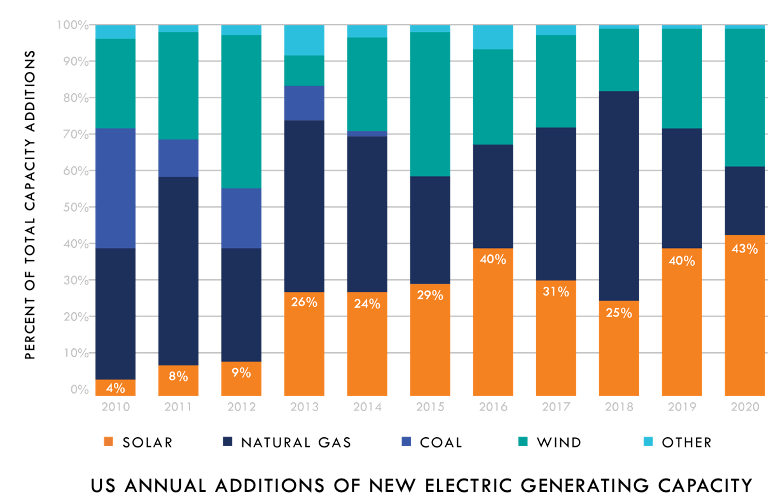
*New capacity added includes both distributed generation (DG) and utility-scale projects.
Projections show a quadrupling of installed solar capacity by 2030 in the U.S. If President Biden’s American Jobs Plan passes, installed solar capacity could quintuple by the end of the decade.
This trend is occurring in spite of increasing solar commodity prices due to supply constraints and issues related to Covid-19. The price of steel, aluminum, and copper is increasing. Polysilicon supply and demand are so tightly balanced that small shifts in production can cause supply chain disruptions. Pandemic-related issues like increased shipping costs and the global microchip shortage have also impacted prices.
So far, however, these factors have had little impact on distributed generation (DG), which includes residential and commercial-scale projects.
“The most significant impact of the current supply environment is on utility-scale projects that are under development,” according to Wood Mackenzie.
The growth of solar capacity and decline of solar cost occurred in part because of changes in the cost of capital available to power plant developers, according to the International Energy Agency (IEA) via reporting by Carbon Brief.
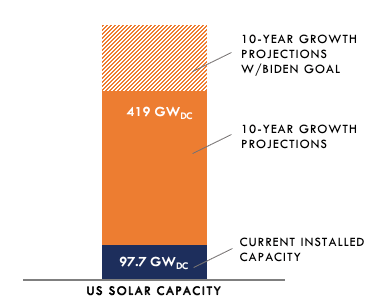
In the IEA’s World Energy Outlook 2020, however, “the IEA has reviewed the evidence internationally and finds that for solar, the cost of capital is much lower, at 2.6-5.0% in Europe and the US, 4.4-5.5% in China and 8.8-10.0% in India, largely as a result of policies designed to reduce the risk of renewable investments.” 2
The IEA predicts solar will be the key clean energy technology going forward:
Renewables grow rapidly in all our scenarios, with solar at the centre of this new constellation of electricity generation technologies. Supportive policies and maturing technologies are enabling very cheap access to capital in leading markets. With sharp cost reductions over the past decade, solar PV is consistently cheaper than new coal- or gasfired power plants in most countries, and solar projects now offer some of the lowest-cost electricity ever seen. (IEA, World Energy Outlook 2020)
The IEA is more bullish on renewable energy than ever before. The IEA removed its “current policies scenario” and replaced it with a “stated policies scenario” because the Agency no longer believes that a ‘business-as-usual’ approach to energy and climate change is plausible. Furthermore, the IEA found that while the Covid-19 pandemic resulted in major shocks across the energy landscape, renewables actually saw growth during 2020.
“Renewable energy use increased 3% in 2020 as demand for all other fuels declined,” the IEA stated in its Global Energy Review 2021. This was driven primarily by an increase in the share of electricity generated by renewables. 3
Significant growth and opportunity is found in solar energy at every scale – residential, commercial, and utility. Distributed generation solar – rooftop or ground-mounted residential and commercial installations – continue to have an excellent outlook, particularly throughout the period of the solar investment tax credit (ITC). Wood Mackenzie’s forecasts indicate “that the solar industry will continue to break annual installation records every year” until the ITC phases down.
Looking further out into the future, all solar installed capacity to date represents a drop in the bucket compared to what will likely be installed given the enormous energy demand from electric vehicles and the comprehensive clean energy transition currently underway. Over the long term, solar is set to become less expensive, more available, and far more widespread.
The IEA states this boldly in its World Energy Outlook 2020 report: “Solar becomes the new king of electricity.”
1Wood Mackenzie/SEIA U.S. Solar Market Insight®.
2IEA (2020), World Energy Outlook 2020, IEA, Paris https://www.iea.org/reports/world-energy-outlook-2020
3IEA (2021), Global Energy Review 2021, IEA, Paris https://www.iea.org/reports/global-energy-review-2021

